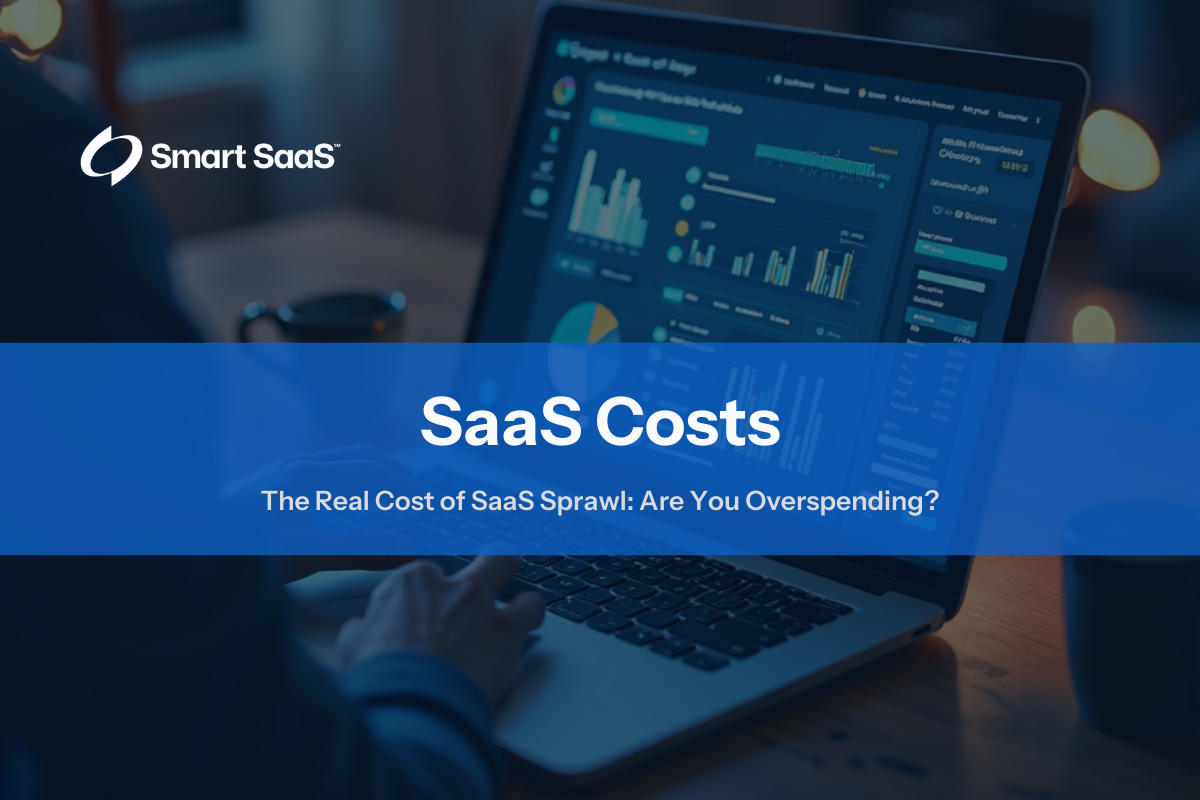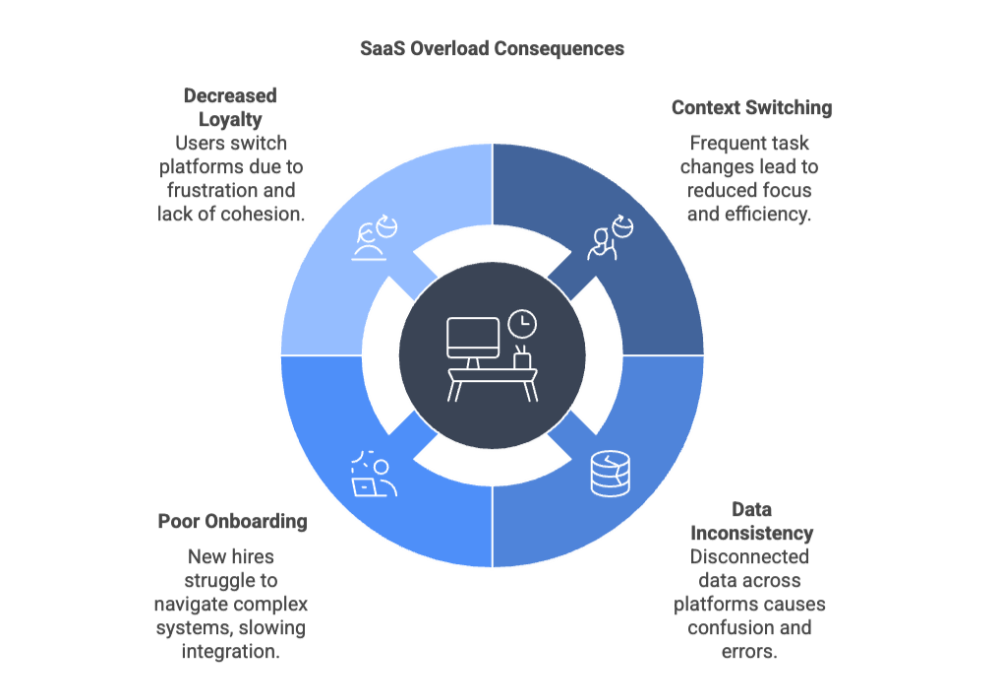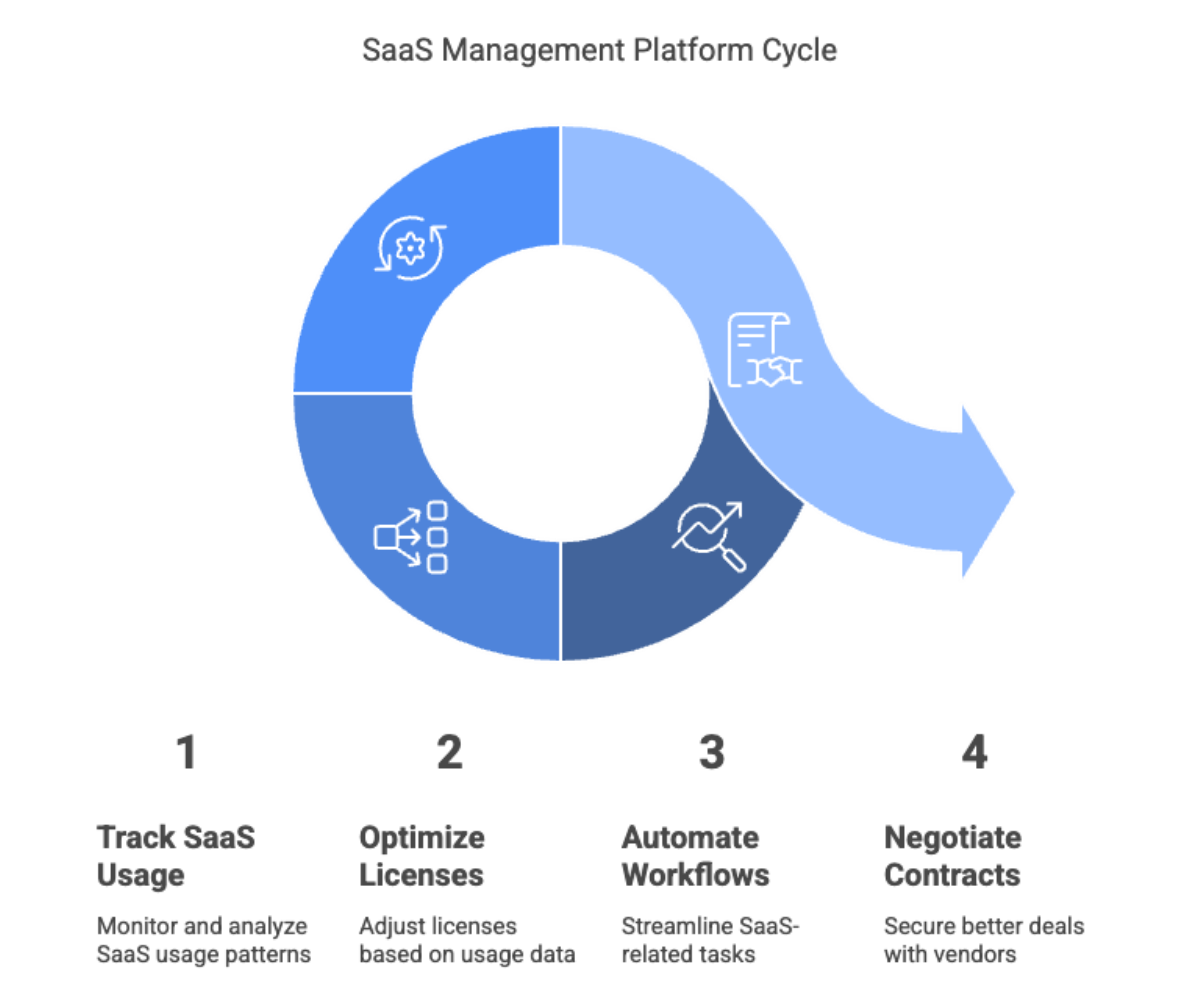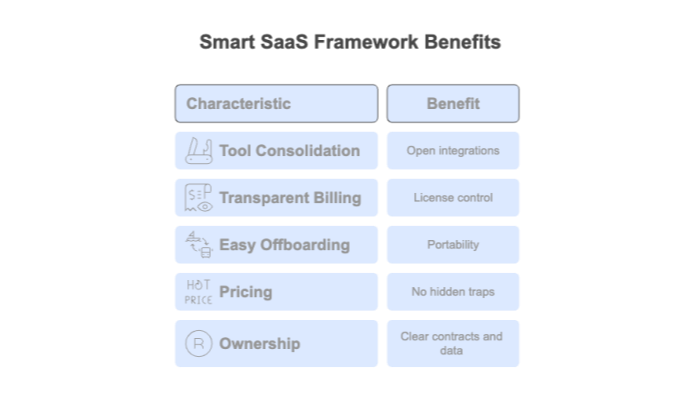

Wednesday, April 16, 2025
Kevin Anderson
Modern teams love SaaS. It’s fast to deploy, easy to use, and budget-friendly—at least at first. But as companies scale, they often wake up to a harsh reality: their once-agile stack has morphed into a maze of overlapping tools, unused licenses, and disconnected data. Welcome to SaaS sprawl—and if you’re not actively managing it, you’re almost certainly overspending.

SaaS sprawl happens when too many cloud applications are adopted without central oversight, governance, or integration. It’s driven by teams solving local problems without strategic alignment—marketing adopts one CRM, sales another; ops uses three project tools; IT isn’t looped in until renewal time. The average company now uses over 130 SaaS tools across departments. Enterprise numbers often exceed 300+. This isn’t adoption. It’s fragmentation.


At first glance, a $15/month app doesn’t seem threatening. But multiplied across dozens of departments, shadow licenses, and annual contracts, those costs quickly balloon into millions in ungoverned spend. The hidden costs include:
It’s not just about budget leaks. It’s about losing control.


Financial waste is just the beginning. Every unauthorized or unmanaged app is a potential security and compliance risk. Without centralized visibility, companies can’t:
The result? Tools become liabilities. And when something goes wrong—data breach, audit, compliance failure—nobody knows who owns what.


SaaS was supposed to simplify work. But when teams jump from one dashboard to another, toggling between overlapping apps with disconnected data, productivity declines and confusion rises. More tools doesn’t mean more capability. It often means:
The cost isn’t just in dollars. It’s in focus, speed, and cohesion.


Growing companies are most vulnerable to sprawl. As departments scale quickly, they grab tools to solve immediate problems. With no procurement guardrails or IT alignment, these decisions compound. Without structure, even good software decisions become bad business ones. And by the time finance notices, there are dozens of renewals happening each month—none with a clear owner, contract, or usage policy (Enterprise SaaS Pricing Models).


You can’t fix what you can’t see. A proper SaaS audit is the first step toward taking back control of your stack.


You don’t have to audit manually. There’s an emerging category of SaaS management platforms (SMPs) designed to give you full visibility and control. Popular options include:


Smart SaaS™ isn’t just about transparency or pricing—it’s about sustainability. The framework naturally resists sprawl by encouraging:
Smart SaaS Applications keep your stack aligned, affordable, and adaptable—even as your company scales.


SaaS should be your advantage, not your expense category. If your tech stack is growing faster than your visibility, you're not scaling—you’re accumulating risk. With the right strategy, tools, and standards, you can eliminate bloat, reduce costs, and rebuild a stack that drives clarity—not chaos.
